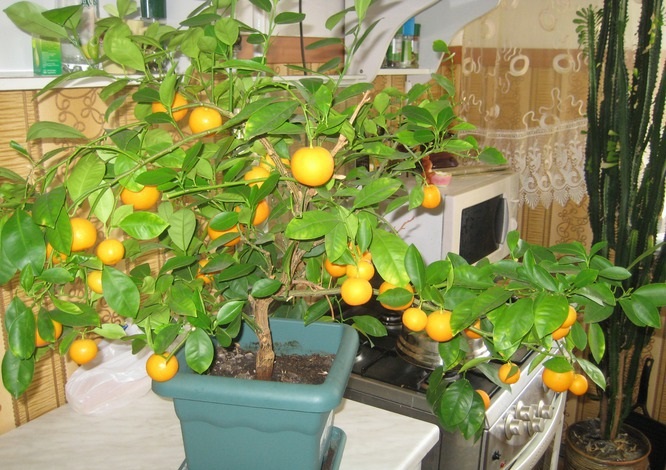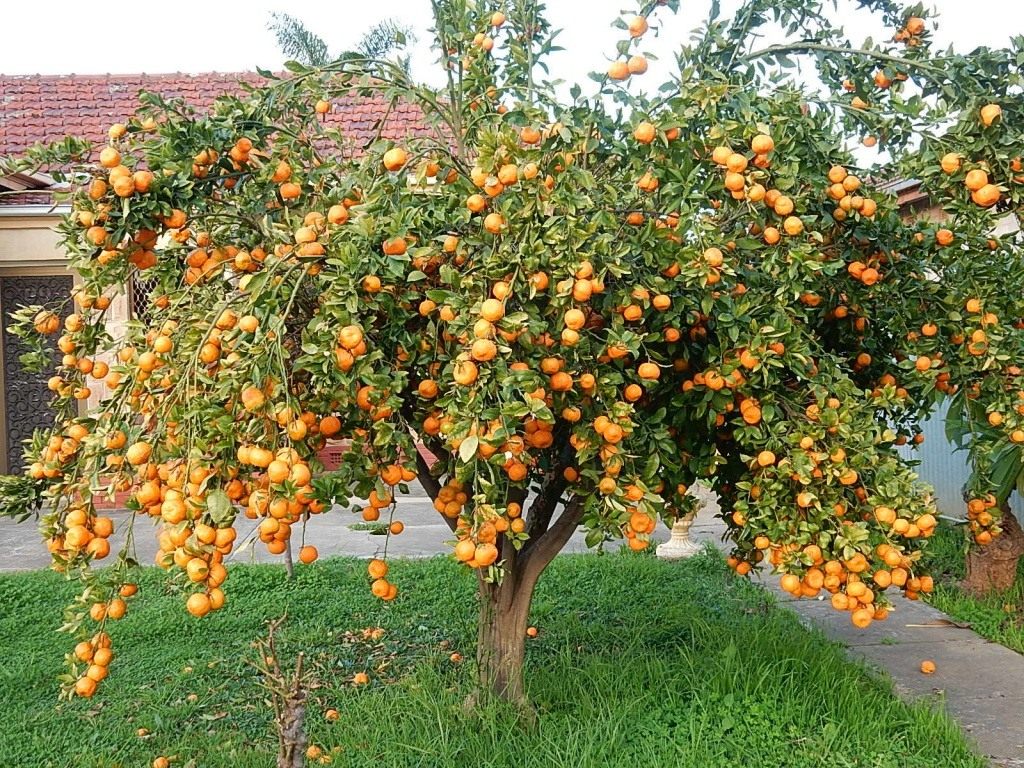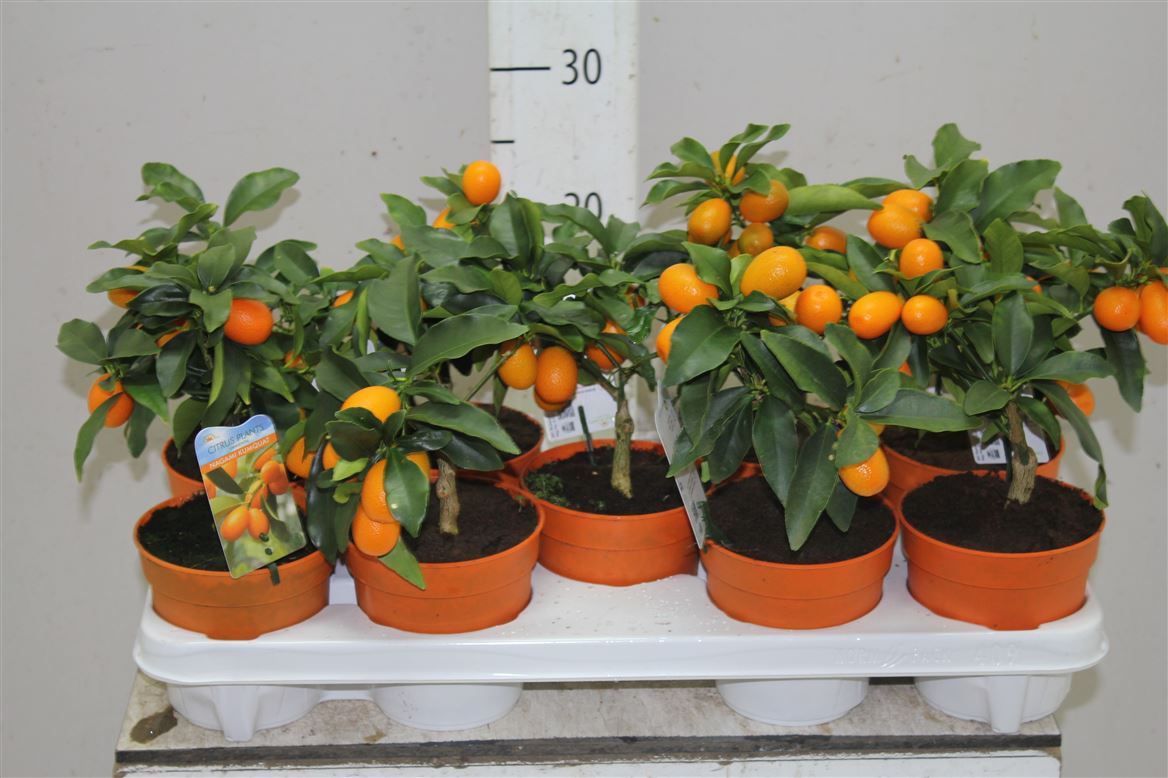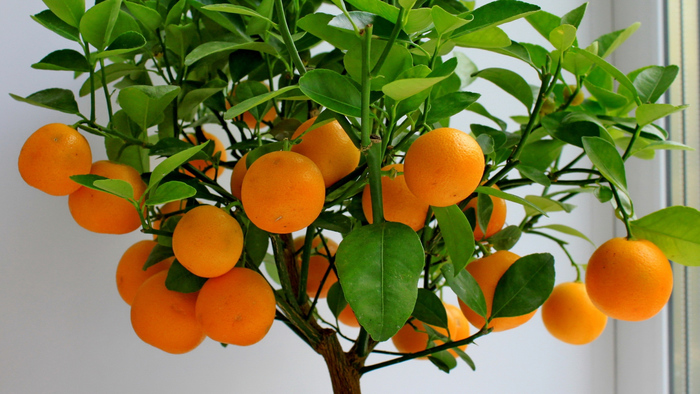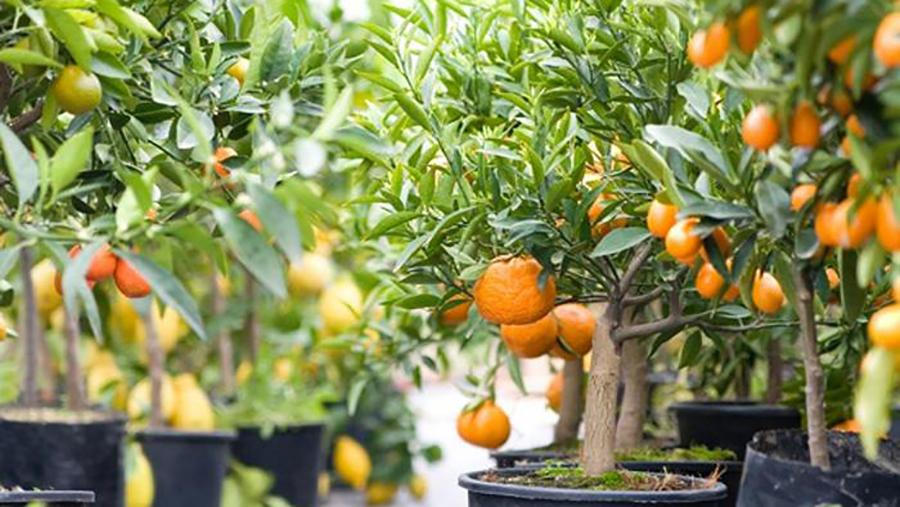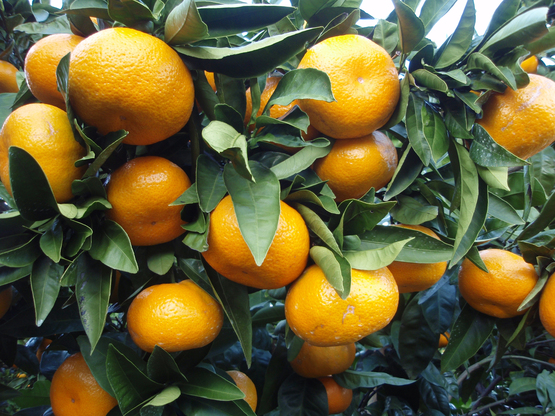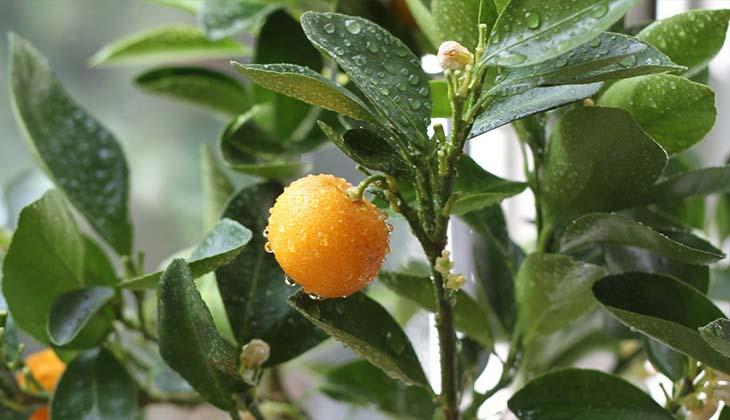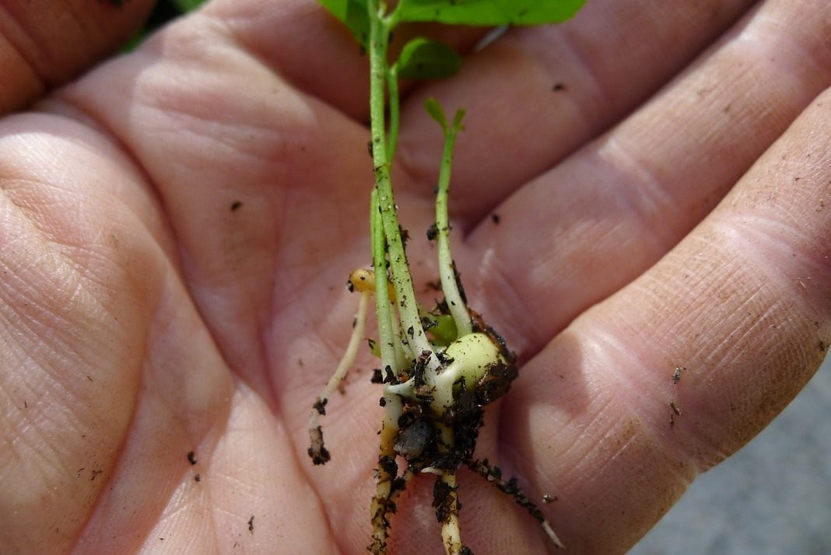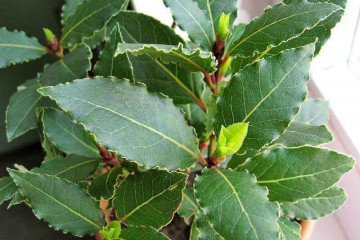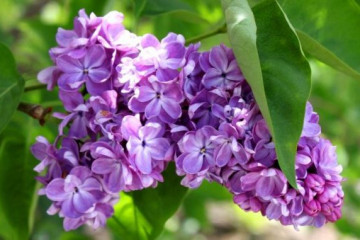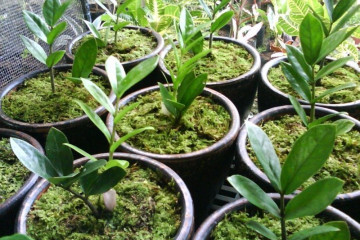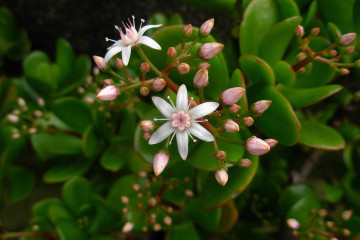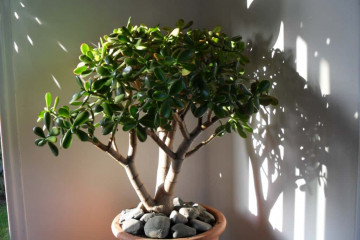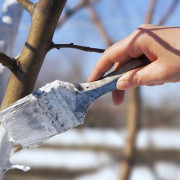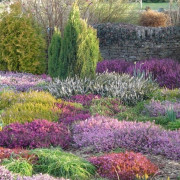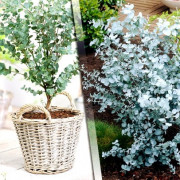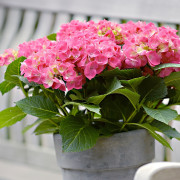Tangerine tree - home care
Content:
Indoor tangerine is one of the most common citrus fruits grown by amateur flower growers. Until a few centuries ago, only the richest officials of medieval China grew it. Now in Russia, a large number of varieties and varieties of plants have appeared, pleasing to the eye.
This is a plant belonging to the Rutovs. It's evergreen. At home, you can collect a good harvest from it. Experienced amateur gardeners pick up to 70 juicy and tasty fruits from one tree. With proper care, homemade tangerines are pleasing to the eye for several months, starting in autumn.
How mandarin grows in nature
In nature, it grows in the form of a small tree from 2 to 4 m high. The native land of the plant is Southeast Asia. Mandarin duck ripens slowly - about 9 months on average. On plantations, up to 50 kg of delicious sweet fruits can be harvested from one tree.
The leaves of the plant are oval, somewhat pointed, dense, with a strong skin. Throughout the year, their green color does not change.
The trees bloom throughout February - April. The fruits ripen by November-December. In the tropical zone, flowering continues several times a year.
Mandarin is the most resistant to frost. The most cold-resistant varieties are able to withstand temperatures as low as 8 degrees below zero. In more severe frosts, the plant dies.
If a lover of indoor plants decides to grow a tangerine tree, home care will not be difficult.
Plant flower description
During the flowering period, brushes of 5-6 snow-white flowers are formed on the tree. They form in the leaf axils. The flowers have a very pleasant and strong aroma, reminiscent of the scent of bergamot.
The flowers are slightly smaller than those of a lemon, but they are similar in shape, color and aroma. During flowering, the tree looks very beautiful and mesmerizing. Its crown is densely covered with white.
Types, varieties for rooms
Several varieties are suitable for growing a plant in a room. They are all perfectly adapted to the growth of the home.
Calamondin
It is a beautiful evergreen plant obtained by crossing a kinkan and a mandarin. Another name is Citrofortunella. It is necessary to grow a citrus tree on well-lit windowsills, as well as in winter gardens and greenhouses. As a landscape tree, Calamondin is used only in subtropical regions. At home, the plant can grow up to 1.5 m.
Despite the fact that this is a light-loving plant, it does not like the direct rays of the midday sun. If there is too much light, the leaves turn pale. If there is not enough of it, then the leaves will begin to fall off. Therefore, in the autumn or winter period, the tangerine tree needs to be additionally highlighted. The total duration of daylight hours at this time should not be less than 12 hours.
In summer, Calamondin feels good on a shaded terrace or balcony.
Home Pavlovsky
Other names of the variety are Bitter Orange, Pomeranets, Bigardia. Derived from pomelo and hybrid tangerines. The variety is ideal for indoor cultivation. The plant produces very tasty and juicy fruits.
In indoor conditions, it grows up to 1 m. The branches are thin and long. The leaves are similar to those that grow on a common mandarin. They have a small petiole, shiny, with a dense skin. The flowers are large, up to 3 cm in diameter. Collected in the axils. The petals are white, the buds are painted in a beautiful light purple hue.
The fruit of a homemade tangerine is spherical and somewhat flattened, weighing up to 80 g. The peel is easily separated from the pulp and smells like a tangerine.
This mandarin variety requires ample sunlight. Without it, the tree will not develop. In winter, you need to take care of artificial lighting.
Anniversary
The variety is the creation of Soviet breeders by crossing the Unshiu tangerine and a hybrid orange. Differs in rather large and tasty fruits. In indoor conditions, it grows by about 1.5 m. It differs from an ordinary orange in the presence of orange lionfish.
Fruiting poorly. The fruits are large enough, with excellent taste. The peel of the fruit is dense, reminiscent of an orange. Leaves are strong, with a tough skin.
Due to its large size, the Jubilee variety tangerine is problematic to grow on a windowsill. The plant needs more space.
Kovano-Vasya
This is one of the most common varieties of indoor tangerines. The countries of origin are China and Japan. For some time these trees were actively cultivated on the Caucasian Black Sea coast.
At home, this is a fairly compact plant, it is distinguished by abundant fruiting.
The crown of the plant is wide, sometimes even spherical. It is densely covered with beautiful light green leaves. The bark is brown, small roughness is noticeable on it. The leaves are very dense, with a strong skin, pointed at both ends. Petioles, unlike other varieties, are slightly elongated. There are no thorns on the branches.
Already at the age of 2 years, the plant blooms and bears fruit. Indoors, it can bloom several times a year. At the same time, you can observe the flowering crown, buds and ripening fruits at the same time. This tangerine blooms very profusely.
The emperor
The variety has a high yield. At home, the tree grows about a meter. Despite this, it is capable of producing tasty and juicy fruits. With proper care, flowering can occur several times a year. The main conditions for this are a sufficient level of illumination and an optimal room temperature.
Unshiu
The homeland of this mandarin is Japan, the Philippines. There are a large number of hybrid subspecies. They differ in the size of the plants, the size of the buds, the number of flowers in the ovary. In indoor conditions, the height of the tree does not exceed one and a half meters.
The flowers of this variety are white, five-petalled. They form most actively at a temperature of 18 degrees. In winter, the plant can be in a cooler room. It will not bear fruit if the temperature is high in winter.
Imperial
The variety bears similarities to the Emperor. Produces large and juicy fruits. The tree takes root well in indoor conditions and, with proper care, grows more than a meter.
The Imperial variety can be successfully grown at home on a windowsill. The tree blooms beautifully and produces delicious juicy fruits. Suitable for interior decoration.
Shiva Mikan
The tree is fast growing, compact, with a beautiful dark green leaf. The fruits are small, with a characteristic sweet and sour taste. At home it is used as an ornamental plant. It has a very lush and exuberant color.Taking care of the plant is easy.
Citrofortunella
Citrofortunella is the same as Calamondin. Both plants have exactly the same characteristics.
Tangerine tree care
The tangerine tree requires proper care. He needs a comfortable temperature, adequate watering, nutritious soil.
Watering mode
Water this houseplant as the topsoil dries up. The earthen lump must not be allowed to completely dry out. It is necessary to monitor the filling of the soil with water every day, especially in summer.
Watering with chlorinated water from the mains can provoke the development of spotting in citrus fruits. The ideal option for irrigation is water from a well, spring. Rainwater should not be used because it contains a large amount of harmful impurities. The water prepared for watering the tangerine must be defended for at least a day. In winter, it is advisable to slightly warm the water up to 30 degrees.
Indoor tangerine needs to be sprayed daily. This procedure removes dust from the leaves and refreshes them and promotes branching. Once a month, the crown is treated with soap foam using a cotton swab. It is a prophylaxis against pests.
Top dressing
Indoor tangerine should not be fertilized in winter. In the spring and summer, this is done every two weeks. To feed the plant, a Mandarin-type fertilizer is used. For citrus plants, specially prepared substrates should be purchased.
During flowering
During flowering, homemade tangerines need enough sunlight. The pot with it can be placed on the south or southeast window. In bright spring or summer noon hours, the indoor tangerine needs shading. If daylight hours are gradually shortening, then the use of artificial lighting will be advisable.
During budding, a sharp increase in temperature should not be allowed. The tree will feel great at room temperature. Relative humidity is also extremely important. If the room is dry, then a vessel with water should be placed on the windowsill. It will help to create optimal moisture content.
During the rest period
In winter, the plant should be placed in a room with a lower temperature - from 10 to 14 degrees. A dormant period is necessary for the plant to bear fruit. In winter, the number of waterings should also be reduced, making sure that the land is not dry.
If tangerines ripen on a tree in winter, rest does not interfere with this process. For one to two months, you can not supplement the plant with a lamp.
The dormant period contributes to the fact that immediately in the spring the tangerine will bloom.
Preparing for winter
In the fall, frequent watering is unacceptable, but the soil must be kept moist. Regular spraying is done less often. All dried leaves and damaged stems should be cut off.
It is recommended to carry out preventive treatment of indoor tangerine against scale insects, spider mites, mealybugs and aphids. This way you can achieve a healthy looking plant.
Growing a tangerine from a bone
Readers are interested in learning how to grow tangerines from seeds at home. It's easy to grow a tangerine from a bone. It is necessary to adhere to the recommendations for planting and caring for the seedling in order to grow a strong tree.
Conditions for seed germination
To grow seeds, the seeds need to swell. To do this, soak them in gauze for several days. The fabric should be damp, but not completely filled with water.The seed should germinate in a warm place and, if possible, with good lighting.
Stages of sprouting mandarin seeds
After getting into the water, the mandarin seed begins to swell, then a root bud and sprout are formed in it. It is difficult to guess in advance how long it takes for the seeds to germinate: 2 weeks or a month.
Before emergence, you need to monitor soil moisture. The optimum temperature is from 20 to 25 degrees. The pots should not be in the greenhouse because the sprouts will need to be room-conditioned.
How to choose a fruit
To plant a tangerine, you need to take seeds from all the hybrid varieties available on the market. In most cases, their seeds germinate quickly.
Preparing a place for a sprout
The tangerine sprout should be on the windowsill on the sunny side. It should be warm here, without drafts. Some growers ask why drafts are harmful. The fact is that when the temperature changes, the plant gets sick. It is much more difficult to germinate a seed under these conditions.
Preparation of soil mixture
The soil should be neutral and contain humus. Mandarins do not like acidic soil, in addition, it should not contain peat impurities. In the absence of humus, sand and non-acidic soil will do.
Pot selection
For young tangerines, a plastic cup can serve as the first pot. When the fourth leaf appears, the plant must be transplanted into a larger pot. It must have a hole for water drainage. At the same age, you can graft, pinch the plant.
Mandarin seedling watering mode
A tangerine seedling needs to be watered daily. The soil should be moist all the time, not flooded or overdried.
By following the step-by-step guidelines for tangerine caring, you can grow an excellent plant in your home. Properly caring for him, the florist will enjoy the beautiful color and delicious homemade fruits.
